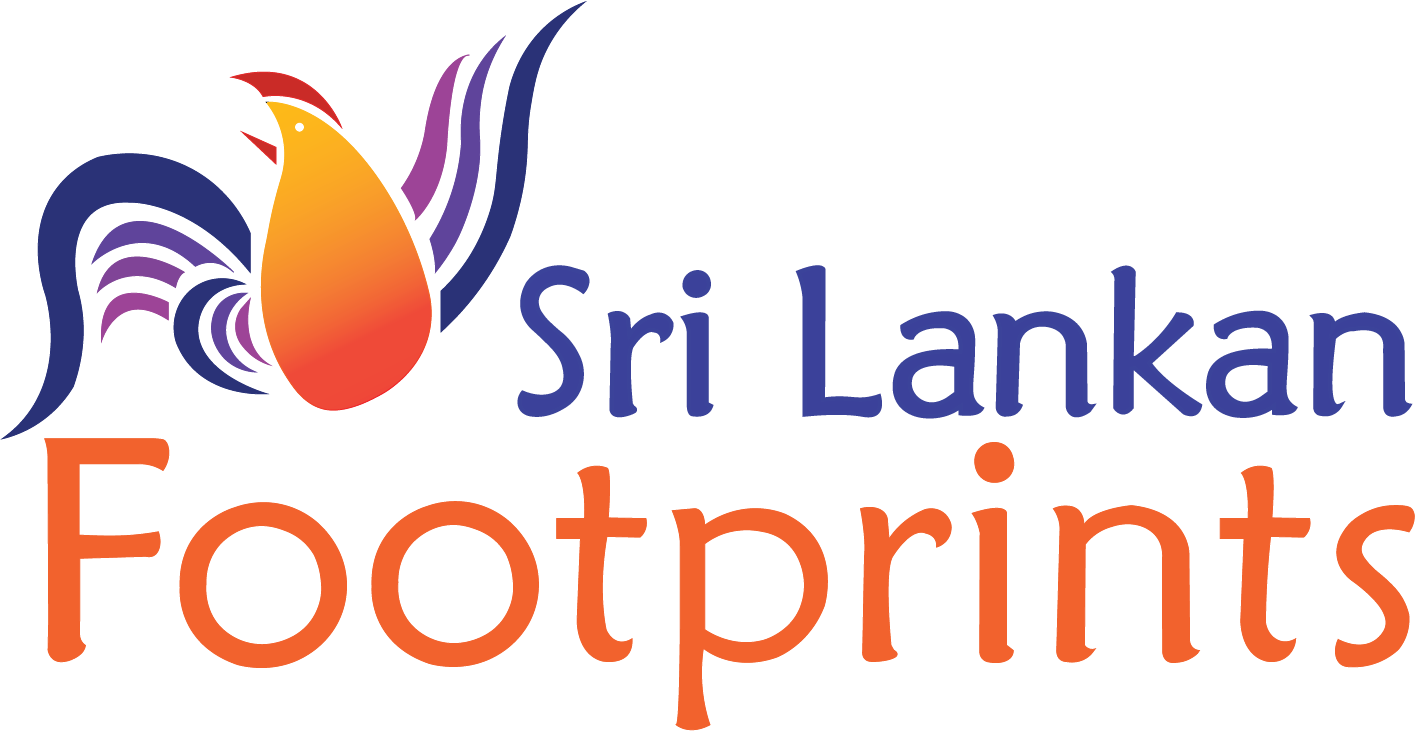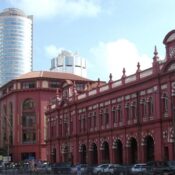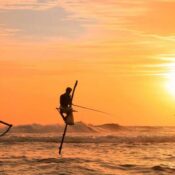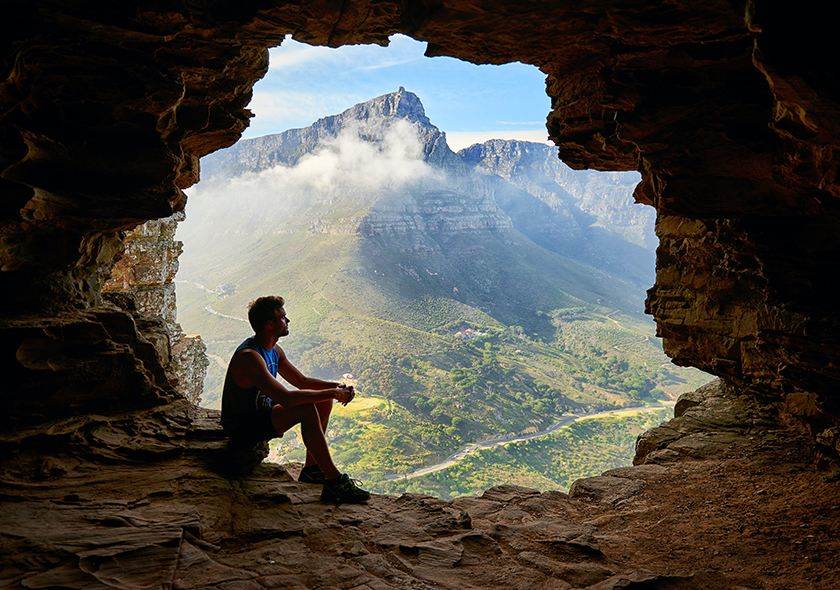Sri lanka Island Paradise – History
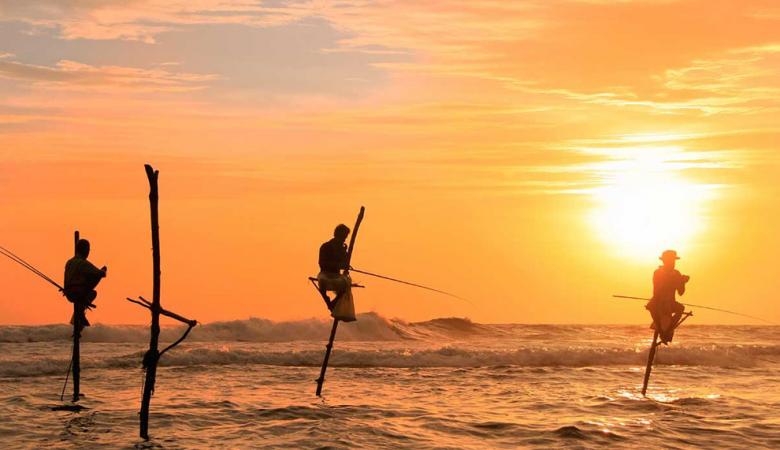
Sri lanka Island Paradise – History
Cradled in the arms of the Indian Ocean, laced with edges of sandy beaches lays this precious teardrop emerald island of Sri Lanka. Opulent with charm and beauty, Sri Lanka truly is the Pearl of the Indian Ocean.
A paradise island waiting eagerly for you to unravel its mysteries, cruise in its culture and explore the unbleached panoramas. Stemming from its rich Buddhist heritage of over 2600 years, boasting a variety of locations blended with the antiquity and beauty, Sri Lanka will surprise you with wonders found only on this beauteous isle. Visited by travelers, traders, geographers and topographers throughout its long standing history, this island has been called many names; Taprobane, Serendib, Salae, Salice, Ceyllan and Ceylon to name a few.
“Set 550 miles away from the equator, this island of 25,332 square miles is only 270 miles long and 140 miles across at its widest…….. it is a land of sunshine and rain; of marsh and mountain; of dunes and mangrove swamps; of bays and beaches; of spices and gems; of rivers, lakes and streams; of peacock and majestic elephant and a warm, friendly people. A delightful island that has’…..been described as well by the classic Greeks, as by those of the Lower Empire; by the Romans; by the writers of China, Burmah, India and Kashmir; by the geographers of Arabia and Persia; by the mediaeval voyagers of Italy and France; by the annalist of Portugal and Spain; by the merchant adventurers of Holland and the travelers and topographers of Great Britian…” – Tennent
Pre Histroic & Ancient Sri Lanka
The ancient Indian story called The Ramayana which took place in 3000BC gives a fairly accurate description of Sri Lanka. The story depicts how Rama ( re-incarnation of God Vishnu) came to rescue his wife Sita from the demon( raksha) King Ravana, assisted by Hanuman and immense army of monkeys. He built a bridge from India to enter Sri Lanka ( NASA has captured images of an ancient bridge in the Palk Strait connecting India to Sri Lanka). According to the Rajavaliya ( Sinahalese historic works) this took place 1844 years before Goutama Buddha arrived in Sri Lanka in 2370 BC, giving evidence of the existence of ancient civilization in Sri Lanka.
Sri Lankan history takes a lift off in 543 BC after the arrival of the first Aryans, the Indian Prince Vijaya and his 700 followers. It is said he landed in Sri Lanka on the day Lord Buddha passed away (Parinibbana). Legend has it he had a grandfather who was a Sinha ( Lion) and so his tribe was known as the Sinahala, the Sinhalese of today). According to the Mahavamsa ( Sinhalese historic works) as Vijaya and his men rested on the shore their palms that touched the sand turned copper colour. Hence they named it Thammbapanni.
As Vijiya sent his troops to survey the area they were trapped by a female mythical being of the Yaksa tribe named Kuveni. During this time some parts of Sri Lanka was ruled by a tribe called “Yakka”. Later parts of the Ramayana and Mahabaratha states the existence of class of beings called Yakshas. Prince Vijaya found his people and threatened to kill Kuveni for her deceptive behavior. Kuveni promised to help Vijaya if he spared her life and helped him destroy her village. Vijaya married Kuveni, but later dismissed her with her two children. He later married a Pandiyan Princess.
The Mahavamsa states how Prince Vijaya and his Aryan settlers over powered the prehistoric Yakka tribe in Sri Lanka. Also historic works of Sri Lanka states how yakkas (or now known as veddha) tribes played a role in Sri Lankan history. These veddha tribes although dwindling in population, still exist in certain parts of Sri Lanka.
Although Vijaya colonized Sri Lanka he did not spread the teachings of the Buddha. In 307 BC King Asoka Emperor of India sent his son, apostle Mahinda as a missionary to the Island. On the peak of Mihintale, Mahinda thero met the ruler of Anuradhapura King Devanampiyatissa. Since then a ripple of faith and teachings of the Buddha has run strongly in the island for nearly 2600 years. The Buddha himself has visited Sri Lanka on three occasions during his time.
If it’s one thing Sri Lanka can be proud of, it’s the back bone of its rich history. Great cities such as Anuradhapura and Polonnaruwa were capitals in the Sinhalese kingdom for about fifteen centuries till about 1200 AD. The most dominant city Anuradhapura is home to the historic Bo Tree which is a sapling from the original Peepul tree under which Lord Buddha attained enlightenment. Polonaruwa the mighty kingdom which became the capital after invasions from India around 1100 AD, is famous for having some of the finest Buddha statues. Both these former kingdoms are rich with reservoirs, ruins of shrines, palaces, hospitals, universities etc.
Sri Lanka was not a stranger to invaders and war. She has been subject to Tamil invaders from South India, who ruled the country for several years. Their cultural and traditional influences and contributions still prevail.
Apart from invaders, brave adventurous navigators have stumbled upon Sri Lanka. In 1st Century BC the Greek native Hippolas discovered the monsoons already known by the locals. In 6 AD landing on the port of Kudiramalai located in the Gulf of Mannar ( Hippuros to the Greek, Horse Mountain in English) was a freedman of Annius Plocamus a Red Sea tax farmer in the Mediterranean. He was a guest of the King Chief Korran for six months until the winds changed for him to return to sea. This freedman took back to Rome with him four Sinhalese ambassadors to establish direct trade with the Roman Empire.
Over time traders and travelers from China, India, Persia, Arabia, Indonesia came seeking this land as it became a hub for foreign trade and important part of the silk route due to its geographic location.
Colonial Era
The era of western domination began in 1505 .As the Portuguese set foot on the sands of Lanka, the King of Kotte was reported as follows;
“………a race of white beautiful people, who wear boots and hats of iron and never stop in one place. They eat a sort of white stone and drink blood; and if they get a fish they give two or three ride in gold for it; and besides they have guns with noise louder than thunder, and a ball shot from one of them, after traversing a league, will break a castle of marble” (Rajavali Upham)
Sri Lanka was occupied by the Portuguese (1505 -1656), Dutch (1656-1796) and British (1796-1948) for 443 years. Each of these dominations brought about great change. The Portuguese waved their cross and converted locals. The Dutch introduced ledgers, law books and fascinating architecture. The British made the most prominent mark as they are responsible for the thriving tea industry, the fanatic cricket mania and railways lines of Sri Lanka. There was a great impact in governing systems, language, culinary, customs, names etc. Even today you will see traces of Portuguese, Dutch and British in the Island.
Post Independent Sri Lanka
Sri Lanka gained independence from the grips of the British in 1948. Since then mother Lanka saw new light. There were new trends in education, agriculture, government enterprise, industries, health, transport and communication and welfare services. Sri Lanka became the first country in Asia to eradicate Malaria. Further she established foreign relationships, was accepted by the United Nations and became the first country in the world to have a woman Prime Minister.
In July 1983 this paradise island was doomed with darkness of bloodshed and war as Sinhalese and Tamils turned evil against one another. There was a intermittent insurgency by a Tamil separatist group called Liberation Tigers of Tamil Eelam (LTTE) against the Sri Lankan government. After nearly 30 years of war, the civil conflict came to an end in 2009.
December 26th 2004 is a shockingly unforgettable day as tsunami waves 6 meters high engulfed nearly 5km of the shores of Sri Lanka. The country’s biggest natural disaster took the lives of about 35,000 people and left about 2 million displaced.
Since such events the island slowly got on her feet healing from the wounds of the past. She opened up to the world revealing her inner beauty and rich history attracting tourists from around the world. The peaceful conditions have resulted in a positive climb in Sri Lankan tourism. This has attracted foreign investors to set up major hotels such as Shangri-La and Centara. Local hoteliers have planned to set up more hotels around the island to keep up with the growing demand. Development in infrastructure is evident with the construction of another airport and highways. Promotional tourism campaigns have spread across South East Asia. Further Sri Lankan Airlines has now resumed direct flights to the United Kingdom. British Airways has named Sri Lanka to be one of the top 10 destinations for 2013!
